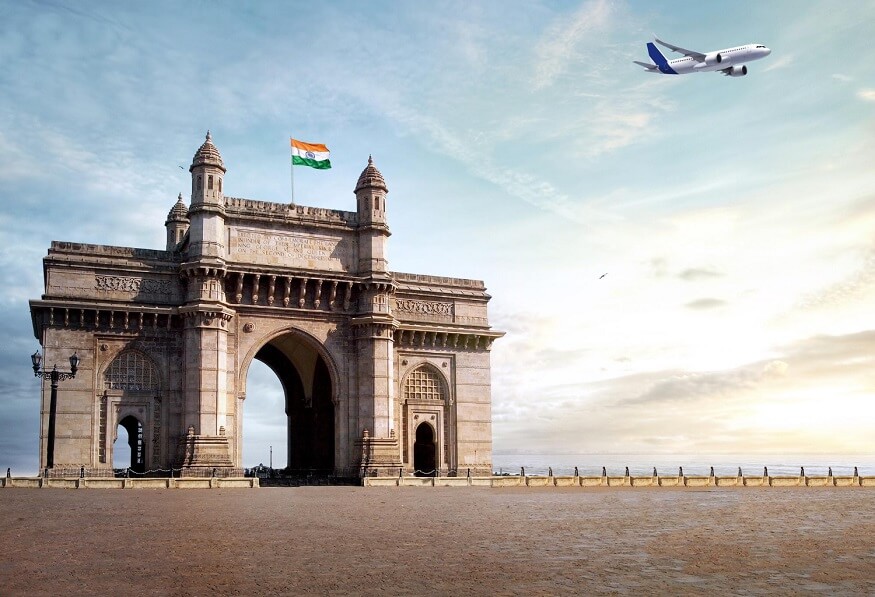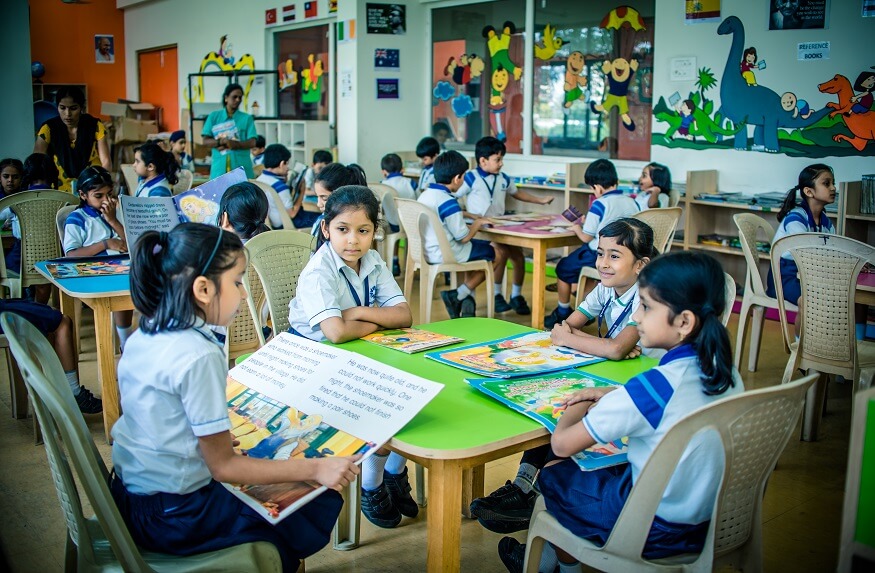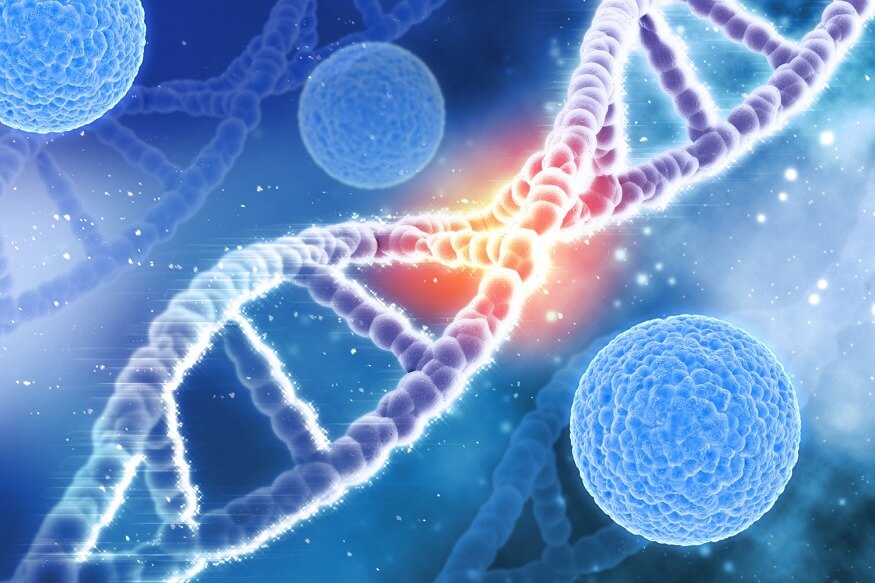Indian history spans from the primitive settlements of the Indus Valley Civilization to present-day modern India post-independence. Unfolding over a period of more than five millennia, Indian history is marked by the rise and fall of empires, the evolution of civilizations, and the formation of the cultural and social fabric that shapes the India of today.
In this blog, we will embark on a chronological journey to trace the evolution of Indian history, from the dawn of ancient civilization to the dynamic modern nation it has become today.
Also Read: What is a pyramid: History of egyptian pyramid and construction
1) Ancient India: Indus Valley Civilization to Gupta Dynasty (3300 BC – 600 AD)
The Indus Valley Civilization, dating back to 2500 BC, is India’s earliest saga and one of the world’s oldest urban civilizations. Known for its technologically advanced and urban planning, this civilization was primarily centred around present-day Pakistan and northwest India. A classic mark of this civilization is the cities of Harappa and Mohenjo-Daro, known for their streets, drainage systems, and massive brick structures.
The Vedic Age, which unfolded from 1500 to 600 BC, was a period of significant religious and cultural growth when the four sacred Hindu Vedas were composed. India at this age was separated into small city-states, each governed by a ‘raja’ or king. The Vedic society was organised into four social classes, known as the varnas, which laid the groundwork for the caste system that influenced Indian society for centuries.
India was later united under the Mauryan Empire, from 326 to 185 BC, under Chandragupta Maurya who assumed power after Alexander the Great’s onslaught. His grandson, Ashoka, went down in history as one of India’s most enlightened rulers, who converted to Buddhism and propagated its principles throughout and beyond his empire.
The Golden Age of Indian history unfolded under the Gupta Empire, from 320 to 550 AD. Besides political stability and widespread prosperity, this era saw the blooming of literature, science, arts, mathematics, architecture, astronomy and philosophy. Renowned scholars like Aryabhata made significant contributions, and the concept of zero was introduced.
The Chola Dynasty (9th-13th century CE) ruled over southern India, leaving behind an indelible mark on Indian history. They were great patrons of the arts, and their naval power extended their influence to Southeast Asia.
In the 16th century came the Mughal Empire, leaving a profound imprint on India’s culture and architecture. The empire, renowned for architectural marvels like the Taj Mahal, patronised music, dance, pictorial art, and literature greatly
Medieval India: Harsha Empire to Mughal Empire (600 AD – 1526 AD)
The mediaeval epoch unleashed the Harsha Empire (c. 590-647 AD), well regarded for its cultural and political influence spread over northern parts of India. The following centuries marked the rule of Rajput kingdoms, the Chola Dynasty and several Sultanates.
A significant part of India’s history during this era was the establishment of Islamic rule, beginning with the Delhi Sultanate in 1206 AD and culminating with the imposing Mughal Empire in 1526 AD which continued till 1857.
Also Read: 10 interesting ways to learn history
Colonisation Begins
In the late 15th century, European powers, such as the Portuguese, Dutch, French, and British, began exploring trade routes to India. The British East India Company established its presence and eventually gained control over large parts of India, leading to British colonisation.
Modern India: British Raj to Present (from 1858)
The modern era traces the British colonial era starting with the British East India Company rule in 1757, leading to the direct rule of the British Crown in 1858 after the First War of Indian Independence, also known as the Sepoy Mutiny of 1857. Some of the other movements started in the fight for independence were, Non-Co-operation Movement (1920), Civil Disobedience Movement (1930) and the Quit India Movement (1942)
India’s struggle for freedom, spearheaded by pioneers such as Mahatma Gandhi and Jawaharlal Nehru got India her independence on 15th August 1947, terminating British rule.
Post-independence India has witnessed significant transformations politically, economically, and socially with its progression into a democratic republic and an economic powerhouse.
Also Read: Indian Independence Day: 5 facts every child must know
Independence and Modern India
In 1947, the British officially relinquished control of India, dividing it into two separate nations – India and Pakistan, resulting in mass migrations, communal violence, and one of the largest human tragedies in history.
The first Prime Minister of independent India, Jawaharlal Nehru, established democratic governance, implementing socialist economic policies with a major emphasis on public welfare. Nehru served as the Prime Minister until 1964.
Nehru’s death in May 1964 marked the start of Lal Bahadur Shastri’s brief tenure as India’s second Prime Minister. Shastri predominantly dealt with the aftermath of the Indo-China war of 1962 and was also at the helm during the Indo-Pak War of 1965. He passed away abruptly in 1966 while signing a peace treaty with Pakistan in Tashkent, marking another significant milestone.
India adopted its constitution on January 26, 1950, becoming a democratic republic. Dr Rajendra Prasad was elected as the first President of India.
Indira Gandhi took over as the first woman Prime Minister of India in 1966. During her reign, which lasted until 1977 and then again from 1980-1984, she implemented several transformative policies. Her tenure, however, was marked with controversies, most notably the imposition of the state of emergency from 1975-1977. She was assassinated in 1984.
The years 1984-1996 were marked by political instability with multiple short-lived governments. Despite the political uncertainty, economic liberalisation was initiated in the early 90s under Prime Minister Narasimha Rao and Deputy Prime Minister Dr Manmohan Singh, transforming India into a global economic player.
Also Read: Famous personalities of India
The Bharatiya Janata Party (BJP), under Atal Bihari Vajpayee, assumed power in 1998. During his tenure (1998–2004), India conducted nuclear tests affirming its position as a nuclear power. The Golden Quadrilateral project was also launched, highlighting infrastructural development in modern India.
From 2004-2014, under Dr Manmohan Singh’s leadership, India witnessed significant economic growth, numerous welfare initiatives, and a major focus on rural development.
Currently led by Prime Minister Narendra Modi (2014-present), the BJP government has implemented various prosperous initiatives such as ‘Digital India’, ‘Make in India’ and the ‘Goods and Services Tax’ (GST) reform.
Since Independence, India has grown industrially, technologically, and socio-politically. Its journey from a developing Third World country to an emerging global player testifies to its tenacity, resilience, and innovative potential. However, it continues to grapple with issues such as poverty, casteism, corruption, and religious intolerance, echoing a complex, ongoing narrative.
Also Read: Why Is History Important and How Can It Benefit Your Future?
Conclusion
Indian history is a fascinating saga that discloses the subcontinent’s diverse heritage. With every era, whether ancient, mediaeval, or modern, the nation’s history has been an intriguing study of cultural evolution, powerful empires, colonial rules, foreign invasions, and the triumphant struggle for independence. The chronology of Indian history reveals the foundation and context that shaped this globally significant civilization into its present form.









